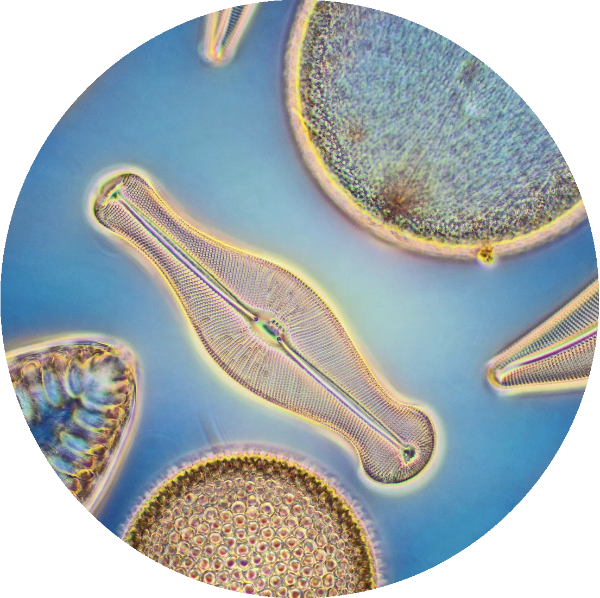Arctic and Subarctic marine environments are experiencing rapid and significant changes associated with climate warming. The extent of the Arctic sea ice in summer, an important indicator of change, has decreased by about 40% and its thickness by 65% since 1979 as a result of this warming (Roebeling et al., 2021; Lindsay and Schweiger, 2015). The loss of sea ice has important ramifications for physical, chemical and biological processes, including changes to heat flux, general circulation, stratification, nutrient supply, primary production, and energy dynamics of food webs (Carmack et al. 2015; Kortsch et al., 2015; Castellani, 2022). Ice-free warmer waters and consequent changes in ocean currents have been shown to drive the northward expansion of boreal species, including phyto- and zooplankton, and fish (Fossheim et al., 2015; Lefort et al., 2020; Møller and Nielsen, 2020; Oziel et al., 2020). The drastic retreat of sea-ice cover has also been linked to a longer phytoplankton growing season and a 30% increase in annual net primary production in open waters over the entire Arctic Ocean (Arrigo et al. 2015).
Abstract
Keywords: Marine Ecosystems, Sea Ice, Climate Change, Marine Food Web, Country Foods, Oceans, Human Health, Energy Transfer, Contaminants
